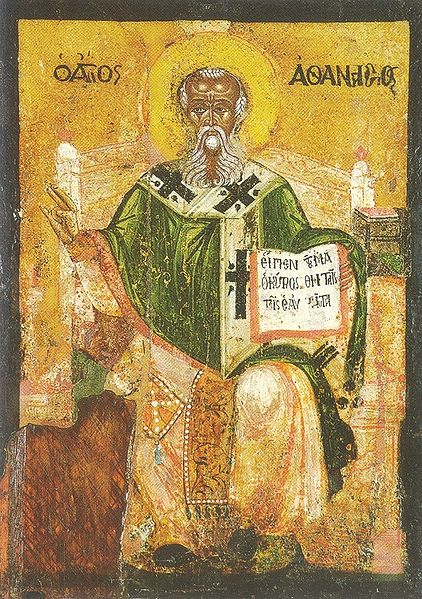This year the Nicene Creed celebrates its 1,700th birthday. Accommodating that many candles would require a birthday cake far larger than any I’ve ever seen. And if you’re wondering about this article’s title, you may want to rewatch Jaws, which turns 50 this year. (Anybody else feeling old?)
The Nicene Creed seems less well known to Presbyterians and other Reformed Christians than either the Apostles’ Creed or the Westminster Confession of Faith. For reasons I won’t explore here, I don’t find that surprising. But I do believe that as the Church enters its third millennium, all Christians would be well served by learning more about the background and importance of this creed as it reaches the ripe old age of 1,700.
In the year 325, the Church was still adjusting to its new status in the Roman Empire. Barely a decade earlier, the new Roman Emperor, Constantine, had converted to Christianity and issued his Edict of Toleration, which legalized the faith in the empire. The Edict would prove a mixed blessing. Official persecution of Christians ended and Church membership grew rapidly. Unfortunately, with growth came controversy.
As early as 318, a pastor named Arius began teaching that Jesus was not fully God; that Jesus was not eternal, but instead was the first creature made by God. This new doctrine contradicted Scripture and three centuries of Church teaching. To resolve the conflict in the Church, and not coincidentally to help keep peace in his empire, Constantine called for a council of church leaders to meet in city of Nicaea in 325.
There, Arius was given the opportunity to explain his beliefs to the bishops. He and his supporters were sure his views would prevail. However, his novel teaching, summarized by the slogan “There was when the Son was not,” was opposed by one of the most able and influential theologians of the Early Church, Athanasius. Athanasius insisted that if Jesus wasn’t fully God, he couldn’t fully accomplish human salvation. “That which has not been assumed has not been healed,” was his succinct response.
Rejecting as heretical Arius’ insistence that Jesus was not God, the Council of Nicaea produced the Nicene Creed, which declared that Jesus is “of one substance” (homoousia) with the Father. Homoousia combines homo, meaning same, with ousia, meaning substance, or essence. The Greek word isn’t found in the Bible, which troubled some members of the council. But as the Church worked to articulate the Bible’s unchanging revelation in the language of its day, homoousia seemed the best word to express the eternal relationship between God the Father and God the Son.
The importance of the Nicene Creed in Christian history is summarized by the late Presbyterian theologian John Leith who writes, “The first Christian doctrine that the church settled in an ecumenical council and that has subsequently received approval in the life of the church through the centuries had to do with the deity of Jesus Christ. The church made clear at Nicaea what it was convinced had always been the faith of Christian people. In Jesus Christ human beings are confronted by God.”
For nearly two millennia, the Nicene Creed has remained the most widely quoted creed in Christendom. It’s accepted by Roman Catholics, Eastern Orthodox, Anglicans, and most Protestant denominations. Each time we recite this historic affirmation of our faith, we remind ourselves of a fundamental Christian truth: God’s nature is Triune. We also remind ourselves of our unbreakable connection to Christians around the world and throughout time.
So, on the 1,700th birthday of the Nicene Creed, a cake may be in order. Especially if we fudge the candles.

